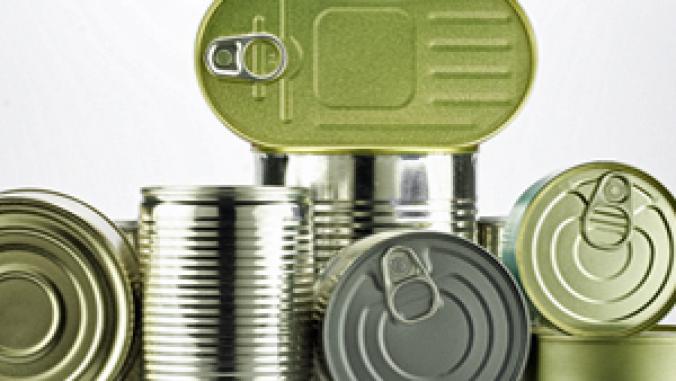Siemens Powers Merced County Lockups with 1.4 MW Solar Farm
<p>The Merced County jail and a nearby juvenile justice facility in California's Central Valley are expected to draw about 70 percent of their electricity from a new 1.4 megawatt solar farm that fans out across 4.5 acres.</p>

The Merced County jail and a nearby juvenile justice facility in California's Central Valley are expected to draw about 70 percent of their electricity from a new 1.4 megawatt solar farm that fans out across 4.5 acres.
The system supplied by Siemens is the first for the firm at a correctional facility, although the company has completed more than 20 solar power projects in nine U.S. states, according to Clark Wiedetz, the head of renewable energy for Siemens USA's Building Technologies Division.
"The economics of the system could not be better," Merced County Board of Supervisors Chairman John Pedrozo said in a statement to mark a recent ribbon-cutting event at the solar farm. "We can expect more than $300,000 in equivalent electricity savings every year and a net positive cash flow that over 25 years will reach, according to projections, nearly $9 million."
The installation at the John Latorraca Correctional Facility and the Iris Garrett Juvenile Justice Correctional Complex consists of 6,272 solar panels laid out in two arrays shaped like triangles, shown here:

In addition to a total positive cash flow of $8,685,000 to the county over 25 years, expected benefits from the installation include:
- Solar incentives totaling $1,578,610 over a five-year period
- Savings on electricity bills totaling $13,892,500 over 25 years
- Eligibility for a PG&E capital improvement rebate
Siemens also completed a lighting upgrade for the county. Taken together, the lighting and solar projects are expected reduce CO2 emissions by about 999.85 tons, according to the company.
GreenBiz first wrote about solar power at jails in 2001, when the Alameda County Board of Supervisors, also in California, was planning to install a system at the county's Santa Rita Jail, in the Bay Area town of Dublin. The system was 1.18 MW, a size seldom seen at the time.
Since then, headlines on green building projects at lockups have highlighted:
- The use of recycled shipping containers to construct cells and shower facilities at a New Zealand prison.
- The first LEED-Gold green building rating awarded to a U.S. jail. The Washington State Department of Corrections earned the certification for its 21-building, medium-security Coyote Ridge Corrections Center in the town of Connell.
- Hong Kong's first jail to be designed according to sustainable building principles. Honored with a green building award, the energy efficient facility for 1,400 female inmates cost about $200 million USD to build and included a green roof, solar panels and system to boost indoor air quality.
That last news item caused an uproar just a year ago when critics complained that Hong Kong, plagued by a severe shortage of affordable residential property, had spent too much on the jail. A spokesman for the Hong Kong Architectural Services responded by saying the green elements of the jail cost less than 1 percent of the project's price tag.
Image courtesy of Siemens.





